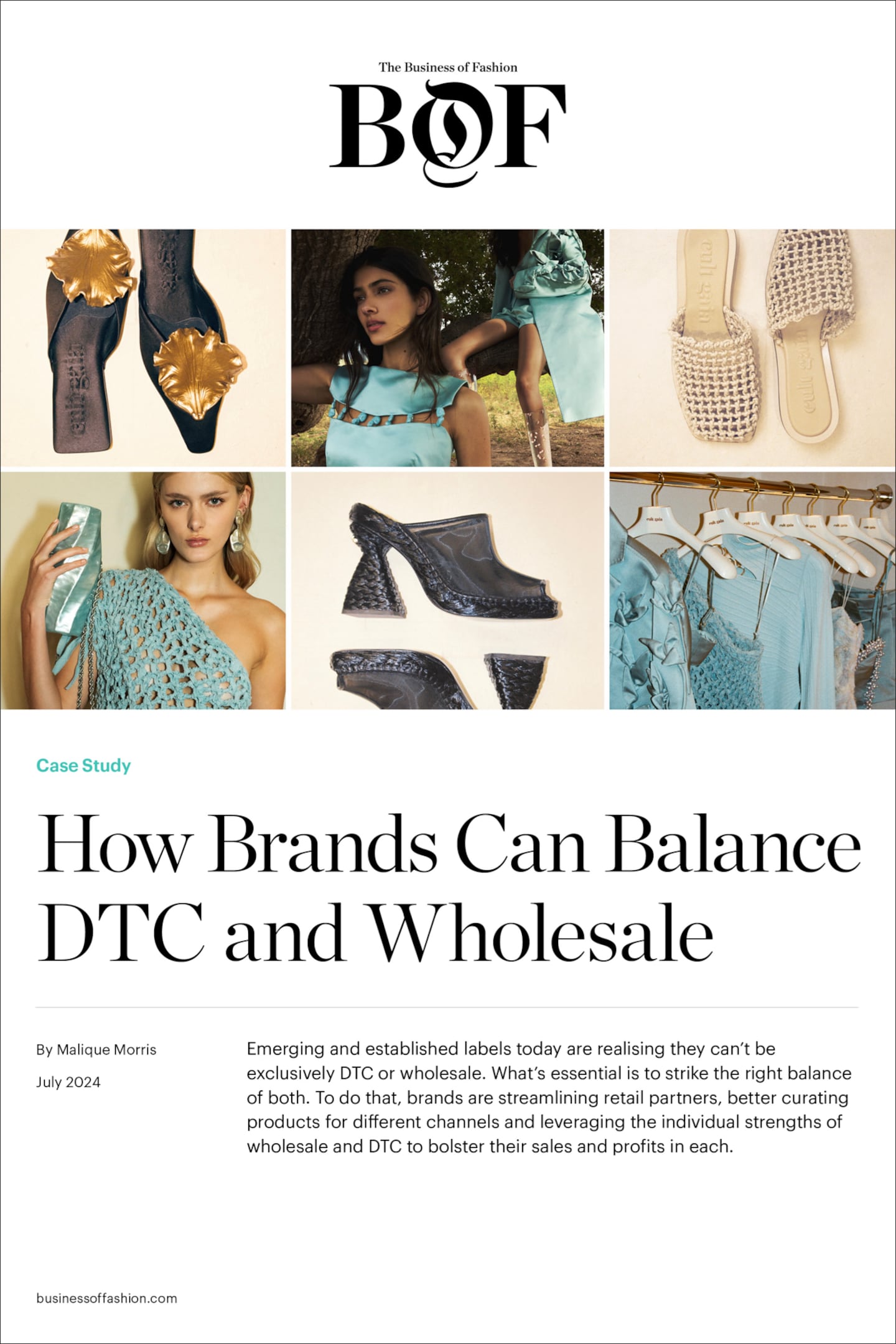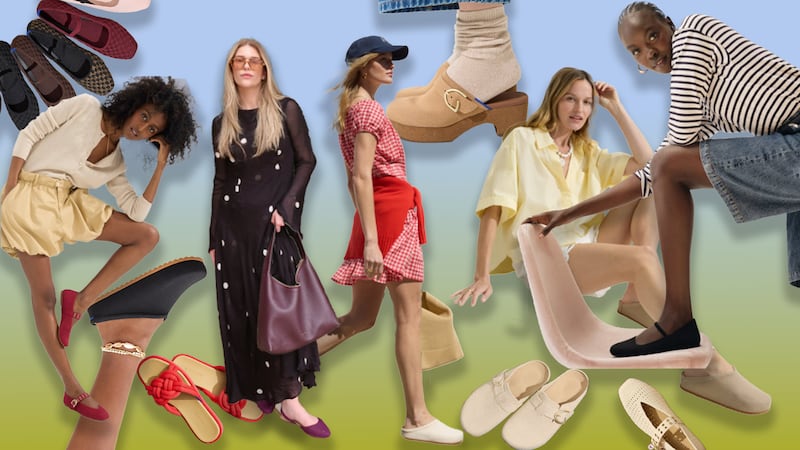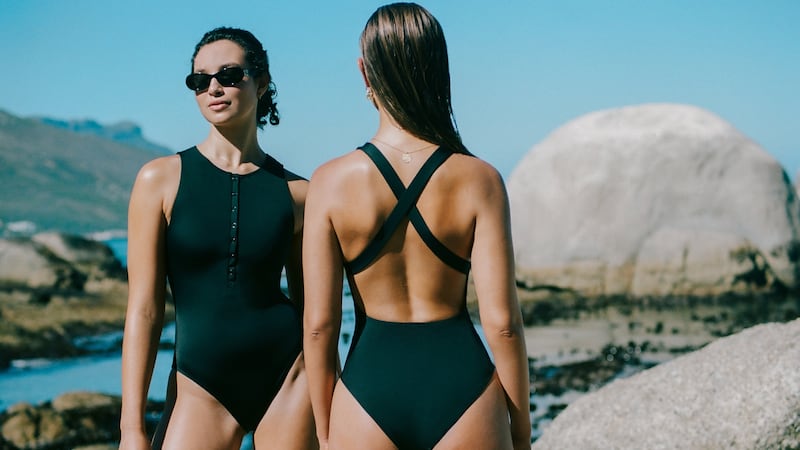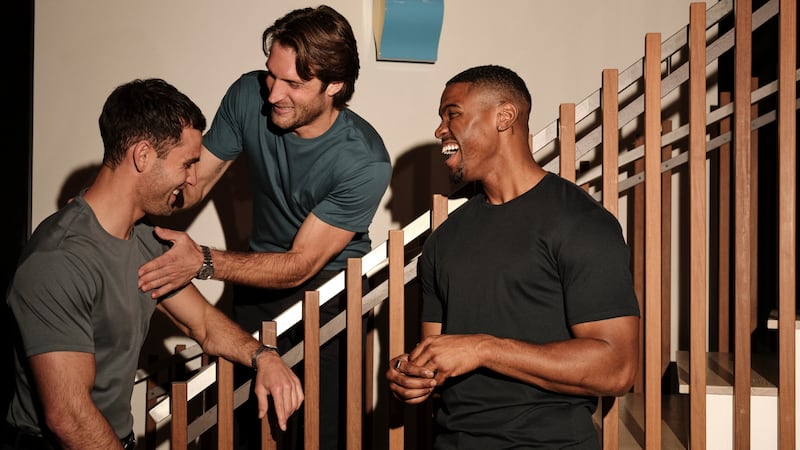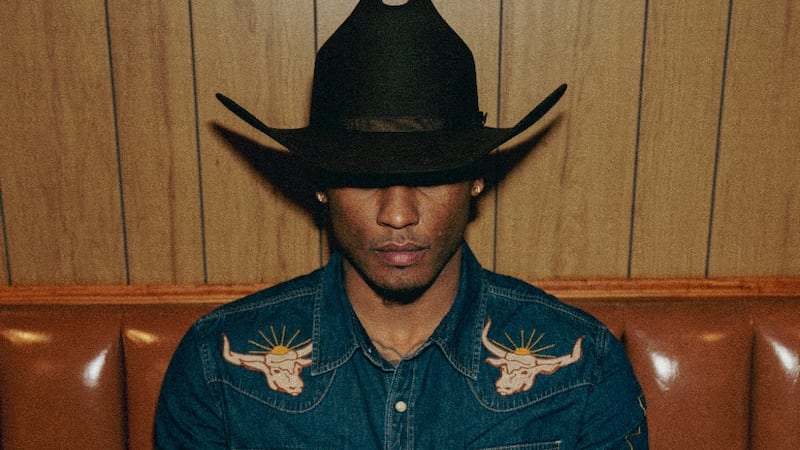Agenda-setting intelligence, analysis and advice for the global fashion community.
The notion that there are wholesale brands and direct-to-consumer brands is dying.
Just look at Glossier, one of the defining DTC start-ups of the last decade, which after years of resisting wholesale, began selling its $16 lip balms and $22 eyebrow pomades in Sephora in 2023. On the flip side is century-old Levi’s, a legacy wholesale brand that has been reducing inventory at multi-brand retailers in a bid to do 55 percent of its sales direct to consumers by 2027.
That’s the tip of an industry-wide shakedown. Digitally native disruptors like Allbirds have flocked to wholesale in recent years to widen their reach as the costs to acquire customers online skyrockets. Traditional wholesale brands, such as Ralph Lauren, Calvin Klein and a host of luxury labels, are investing more in their DTC businesses and pulling back from third-party retailers as those partners struggle and brands seek more control over their pricing, image and customer relationships.
Today, the idea of being either a DTC or wholesale brand is being supplanted by the understanding that each channel has its strengths and weaknesses, and that most brands need both to thrive. Shoppers are just as quick to stand on a line for a brand’s pop-up store as they are to peruse Ssense for the best deals or visit Sephora to indulge in beauty trends. Brands have to make themselves available wherever they think their customers will be, and that’s increasingly everywhere.
ADVERTISEMENT
“We need this diverse shopping environment,” said Claudia D’Arpizio, a senior partner at management consulting firm Bain & Company. “I don’t envisage a world where you only buy in a mono-brand environment … It’s difficult for the brands to keep an assortment that is ok for all the markets and for all the customers.”
But striking the right balance can be difficult even for the most successful players. After Nike started pulling sneakers off the shelves of retail partners in 2017 and driving more sales through its own stores, website and app, it found that customers weren’t always following it to its own channels. In the past year, it revitalised wholesale partnerships after seeing its sales growth slow and only modest increases in its profit margins.
In this case study, The Business of Fashion lays out how brands can ensure that each channel is contributing to overall sales and profit growth without cannibalising one another. Brands investing in wholesale, like activewear start-up Vuori, womenswear label Cult Gaia and shoe brand Aldo, are tapping retail partners to test new markets, improving how they tailor their assortments for each channel and using the data they get to better target prospective consumers. The companies that are leaning into DTC, such as denim brand Paige and Rebecca Minkoff, are using it to promote their full array of products and push their more expensive items.
Ultimately there is no magical formula for the right mix of wholesale and DTC sales. The correct balance is different for each brand and its individual business needs. But the insights in this case study will allow brands to work out how each channel can best serve them. The goal of balancing the wholesale and direct-to-consumer models is that sales should be growing concurrently in both.
Editor’s Note: This case study was revised on Jul. 8, 2024, to clarify the price of Glossier’s lip balm.
